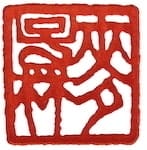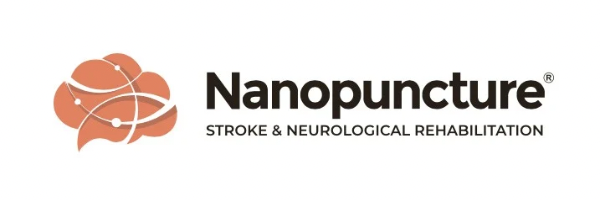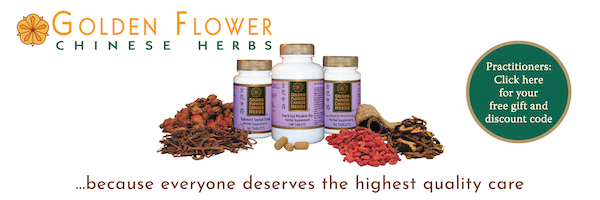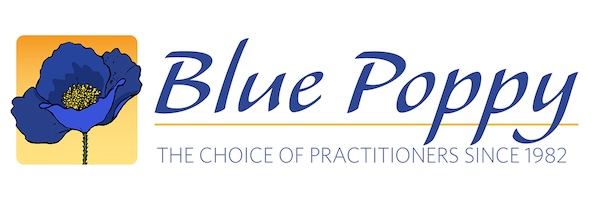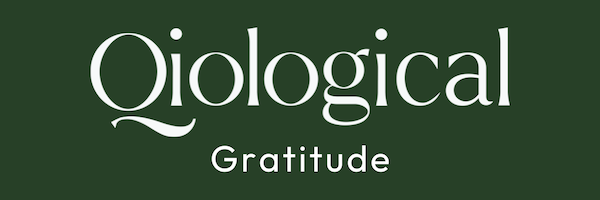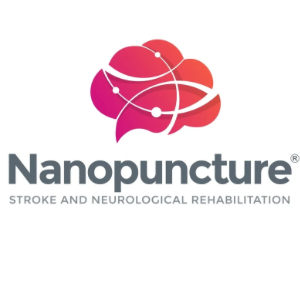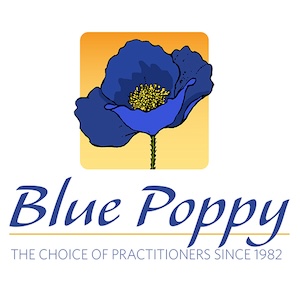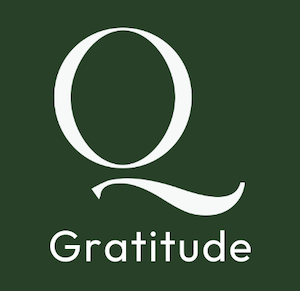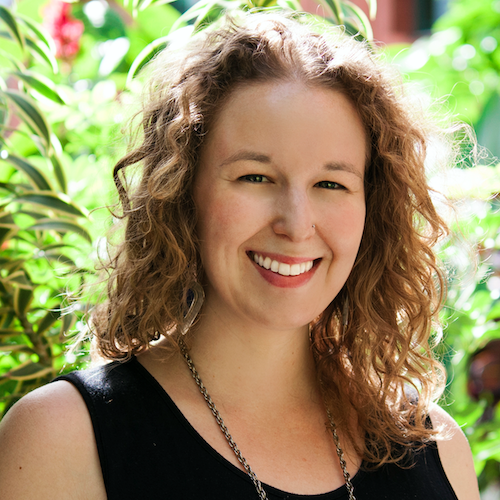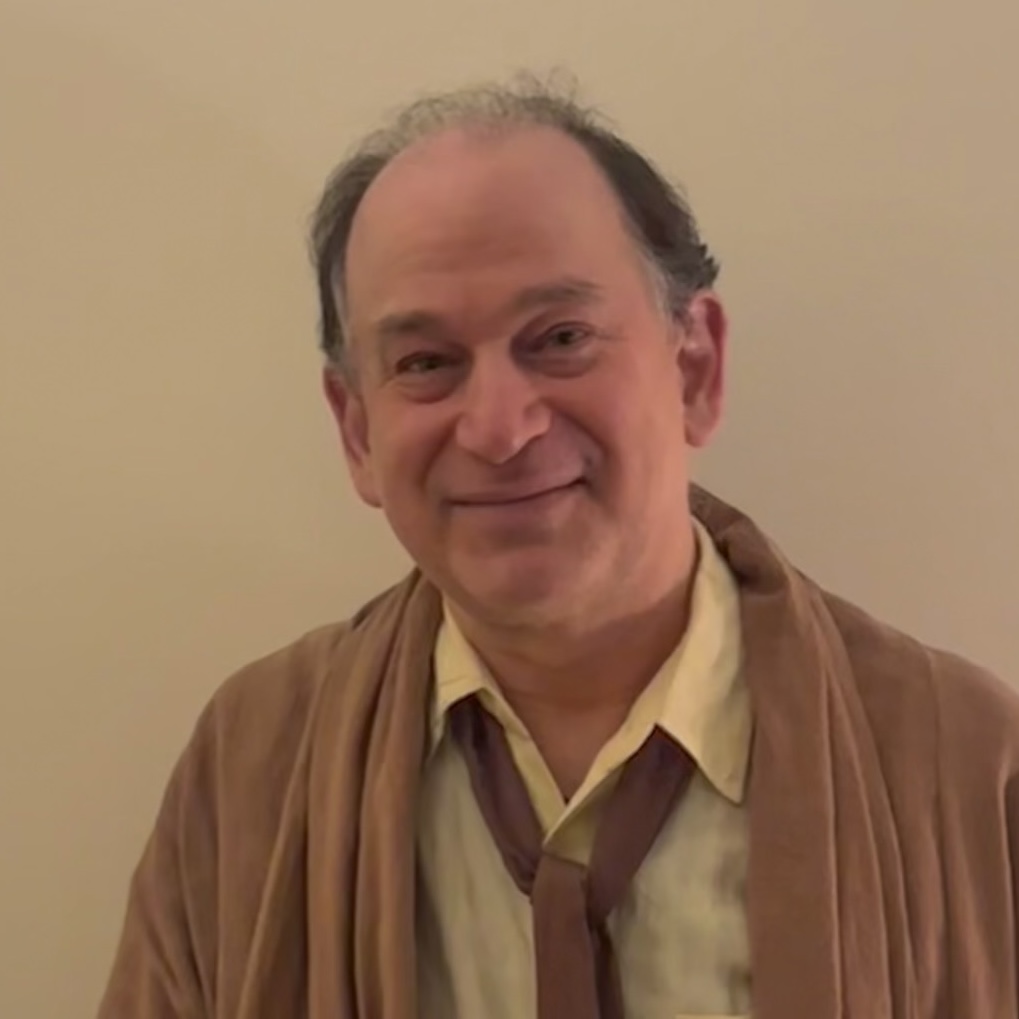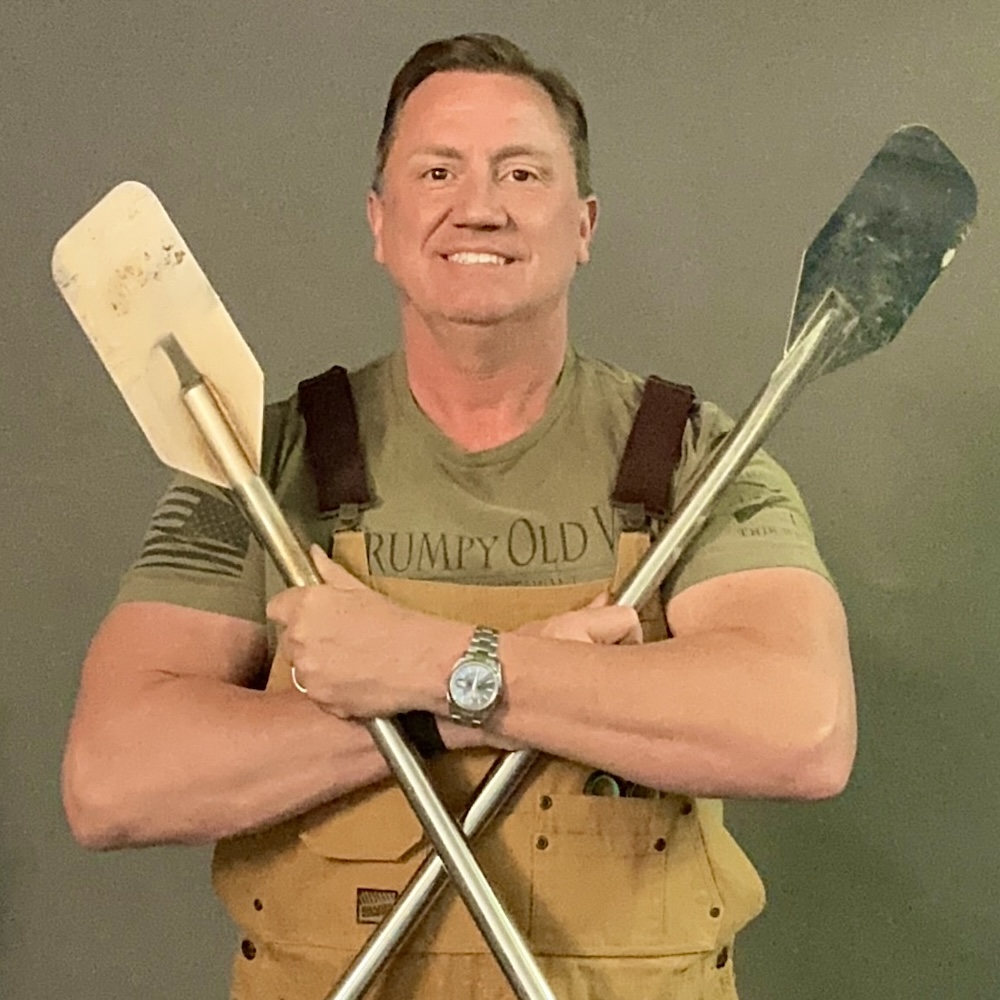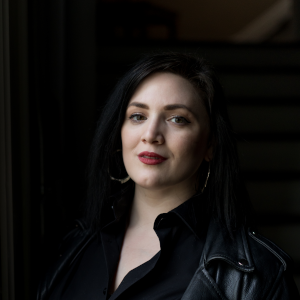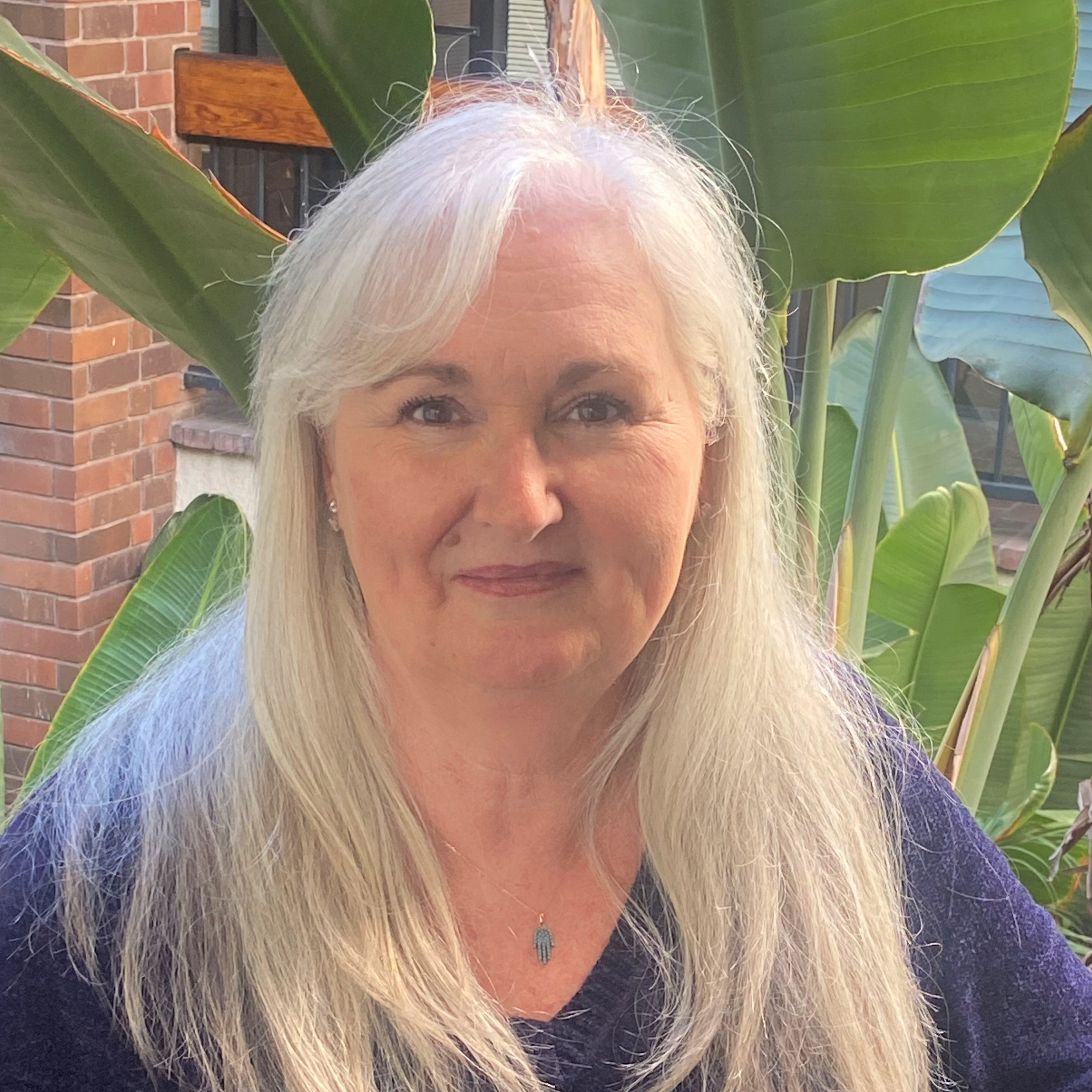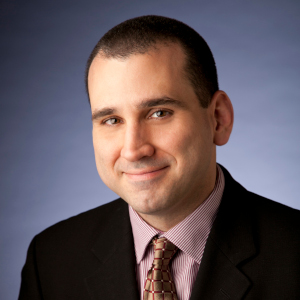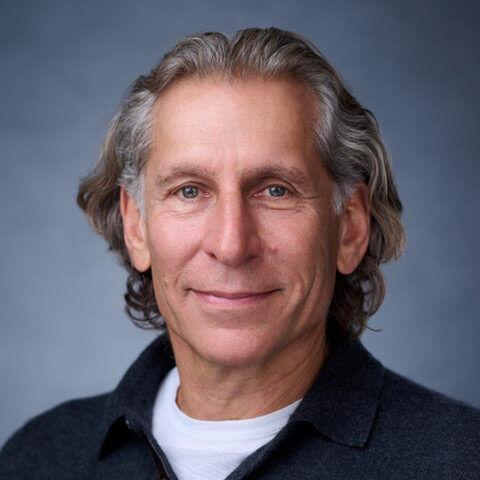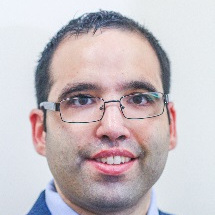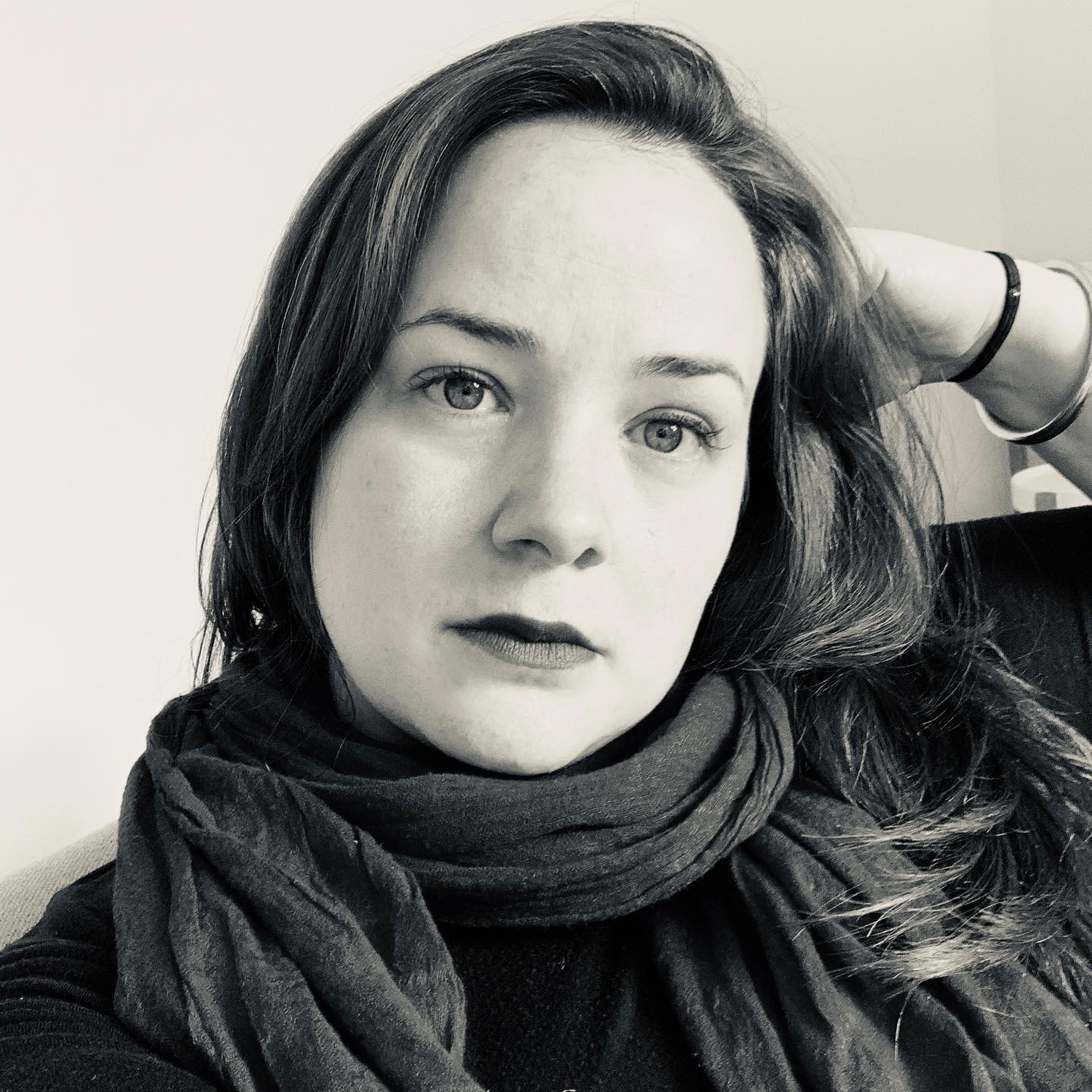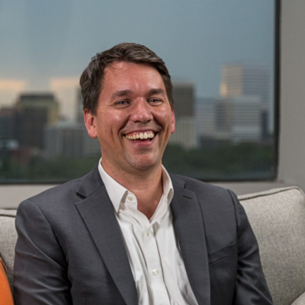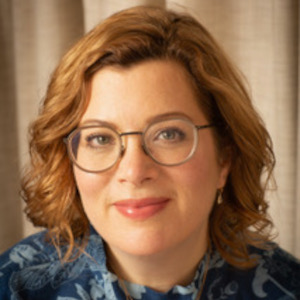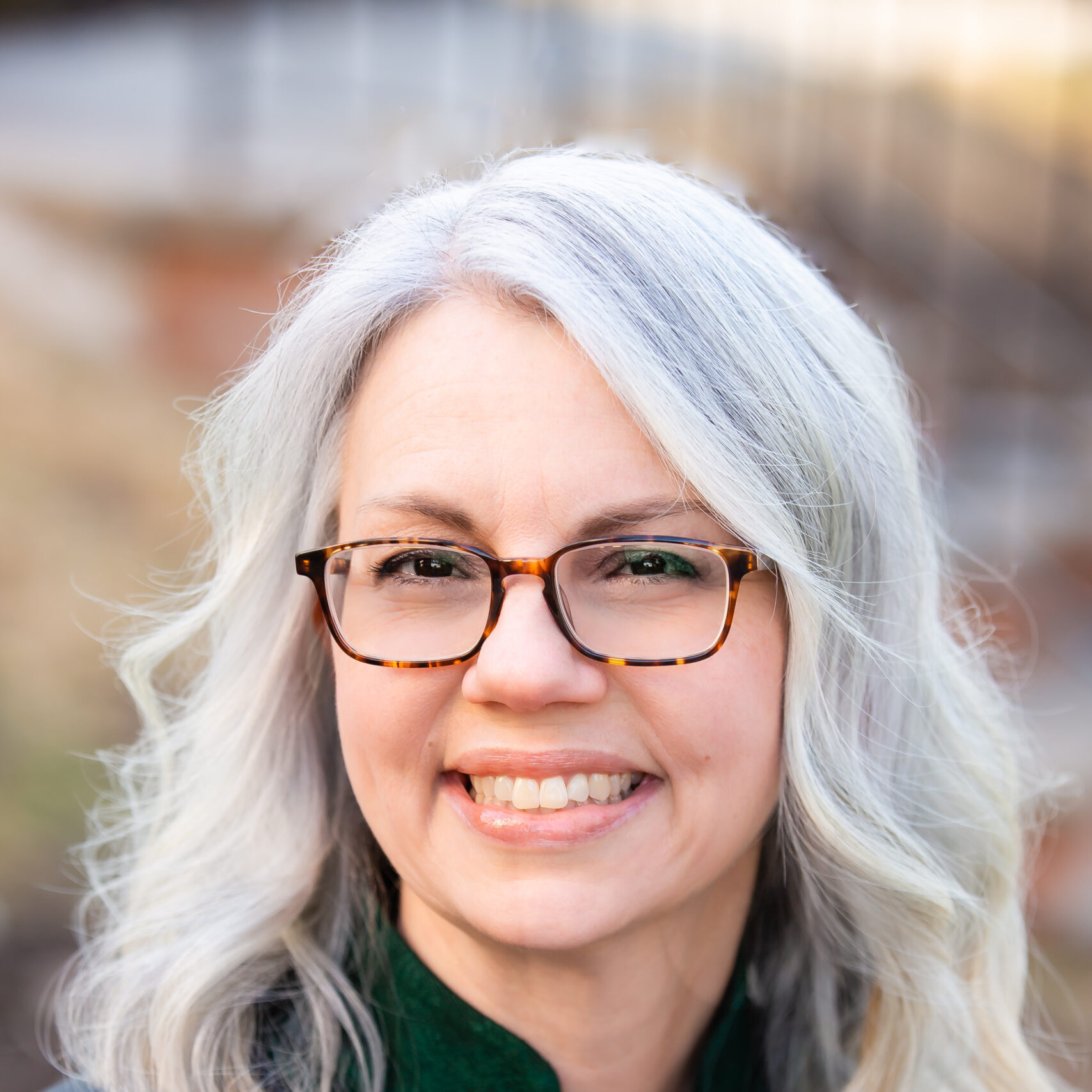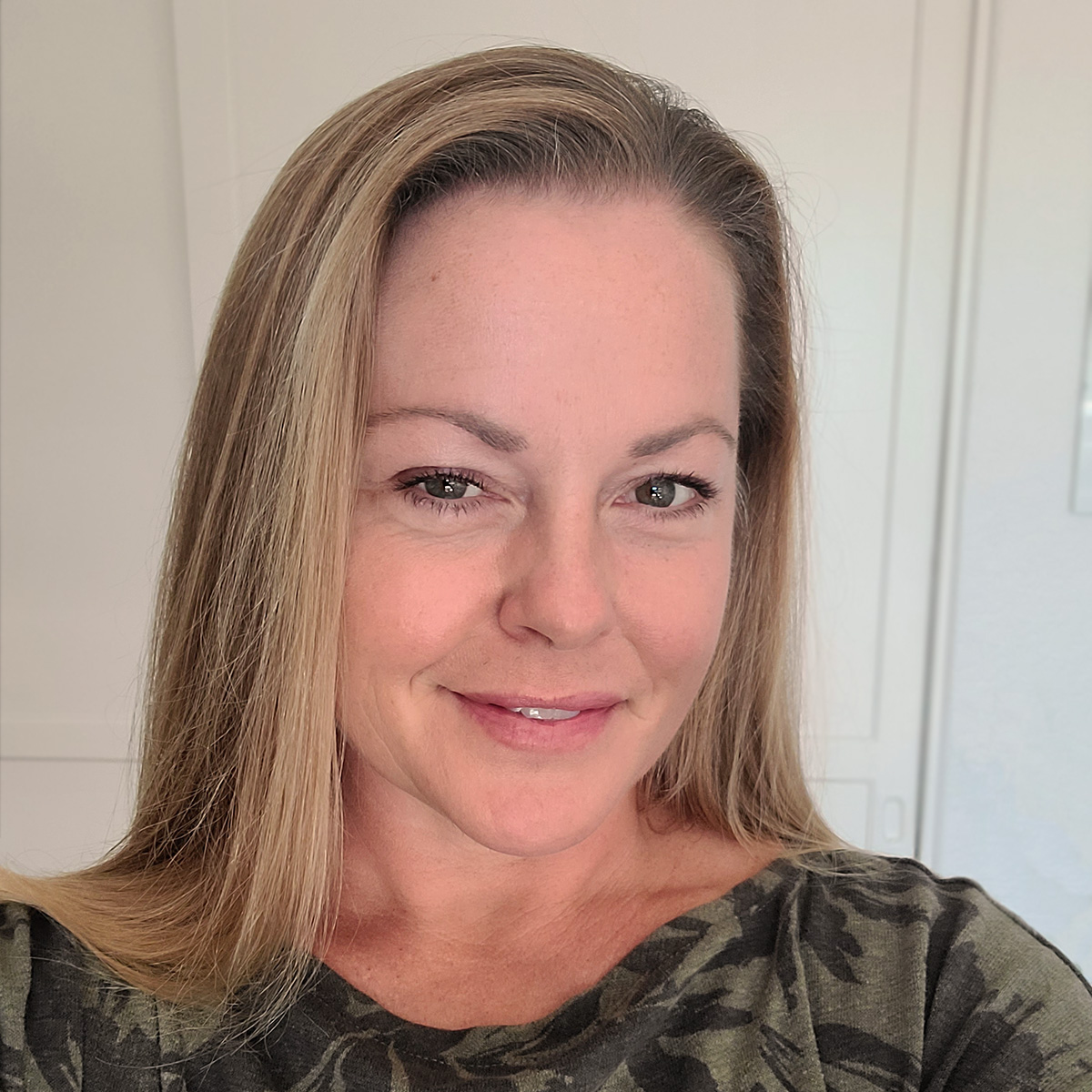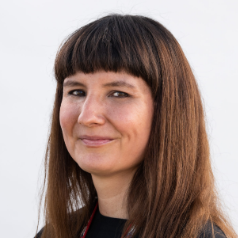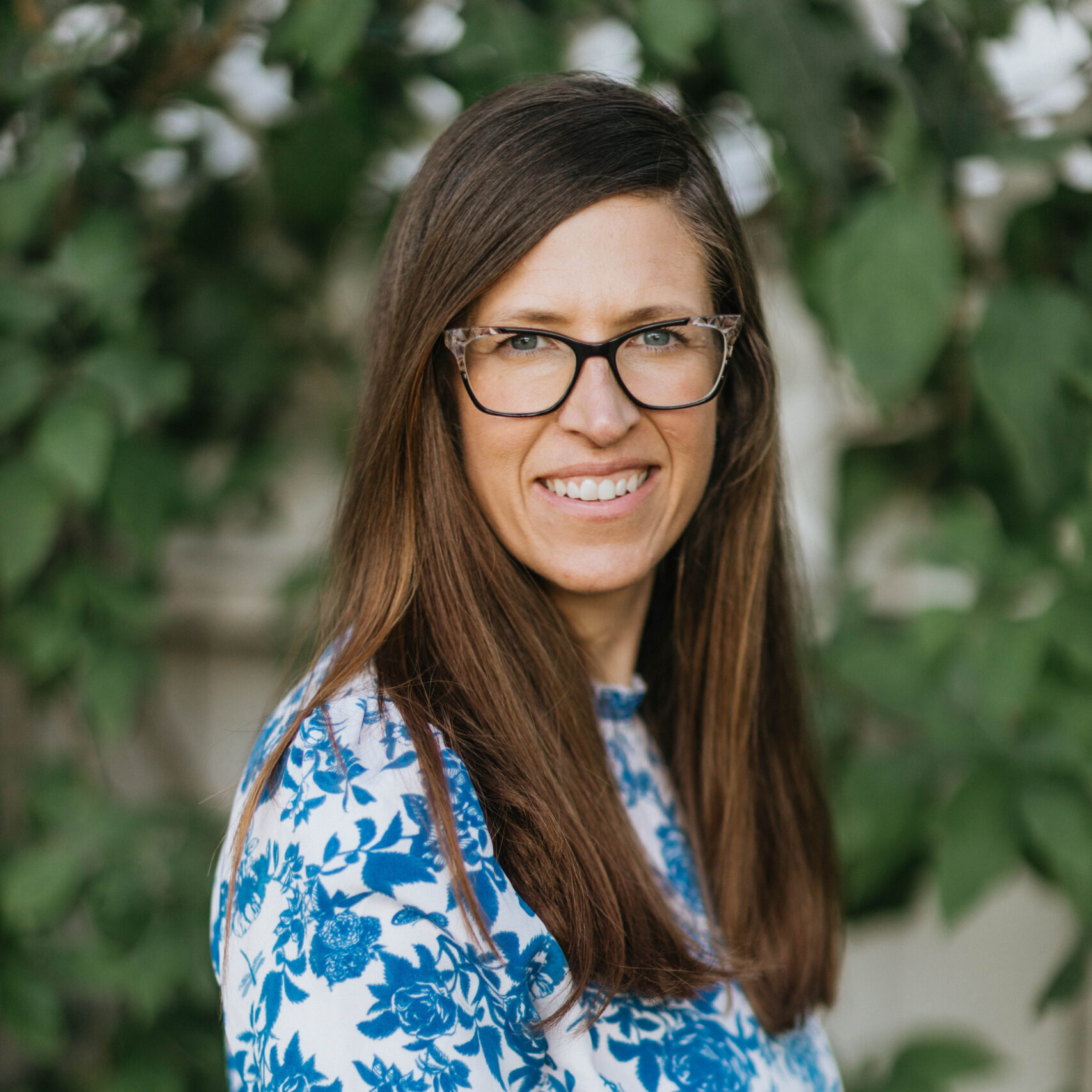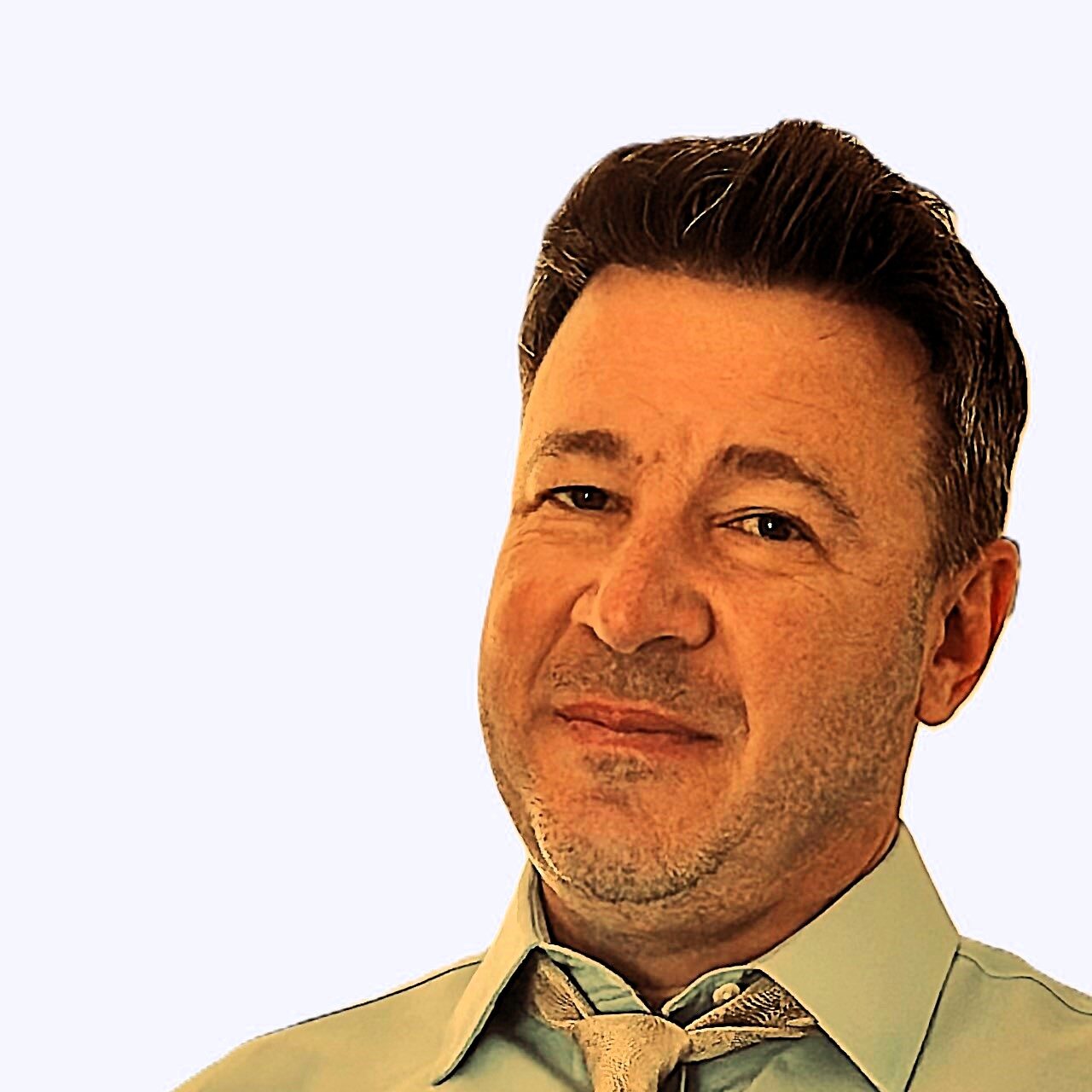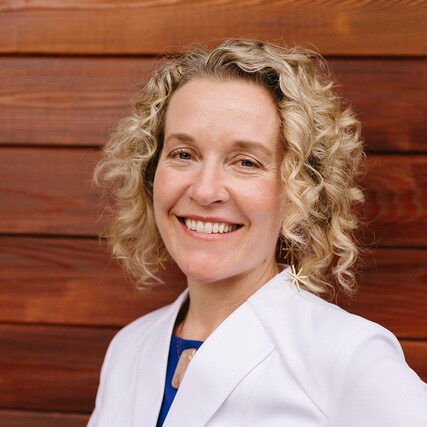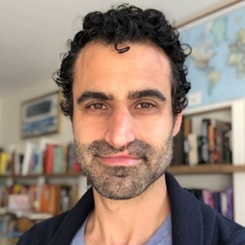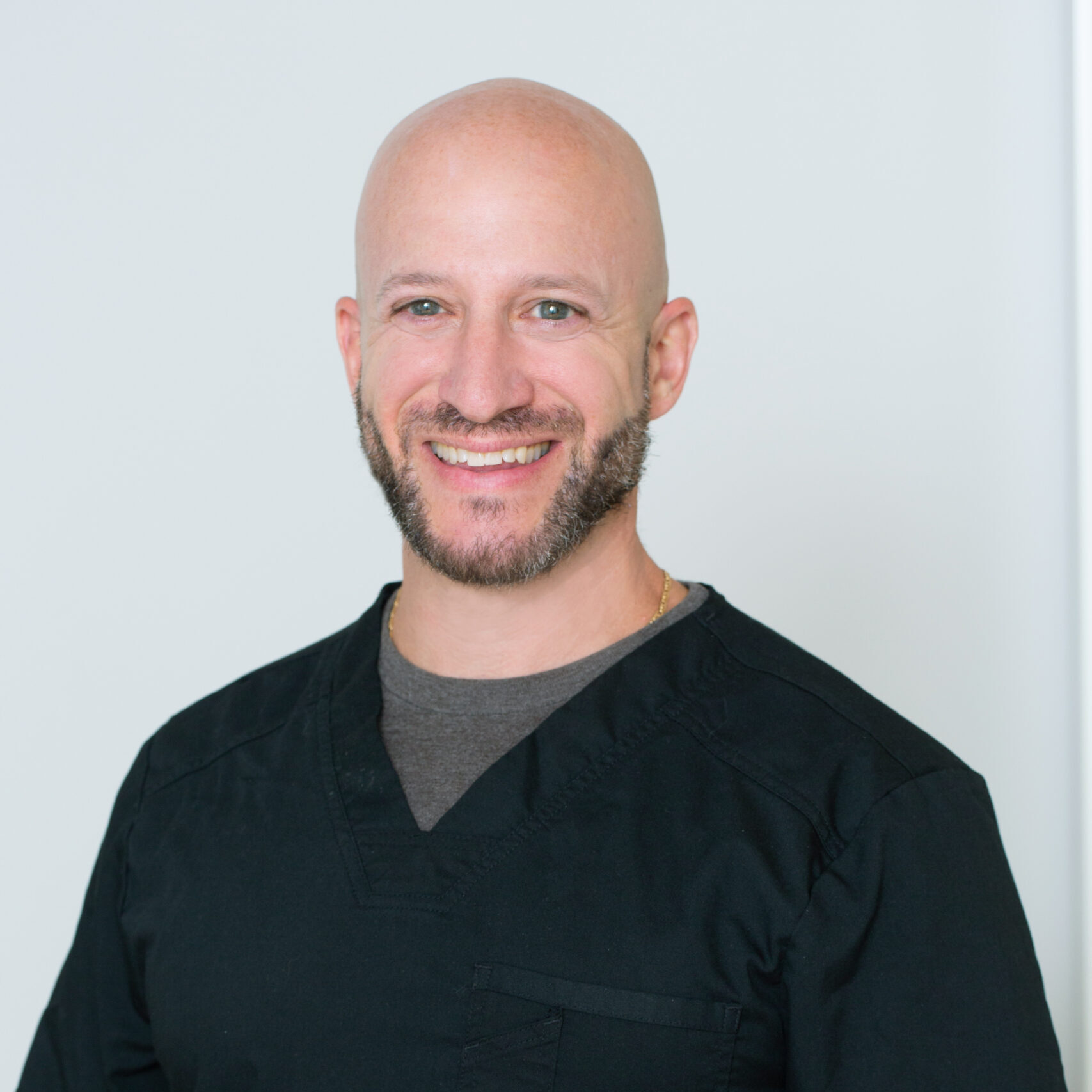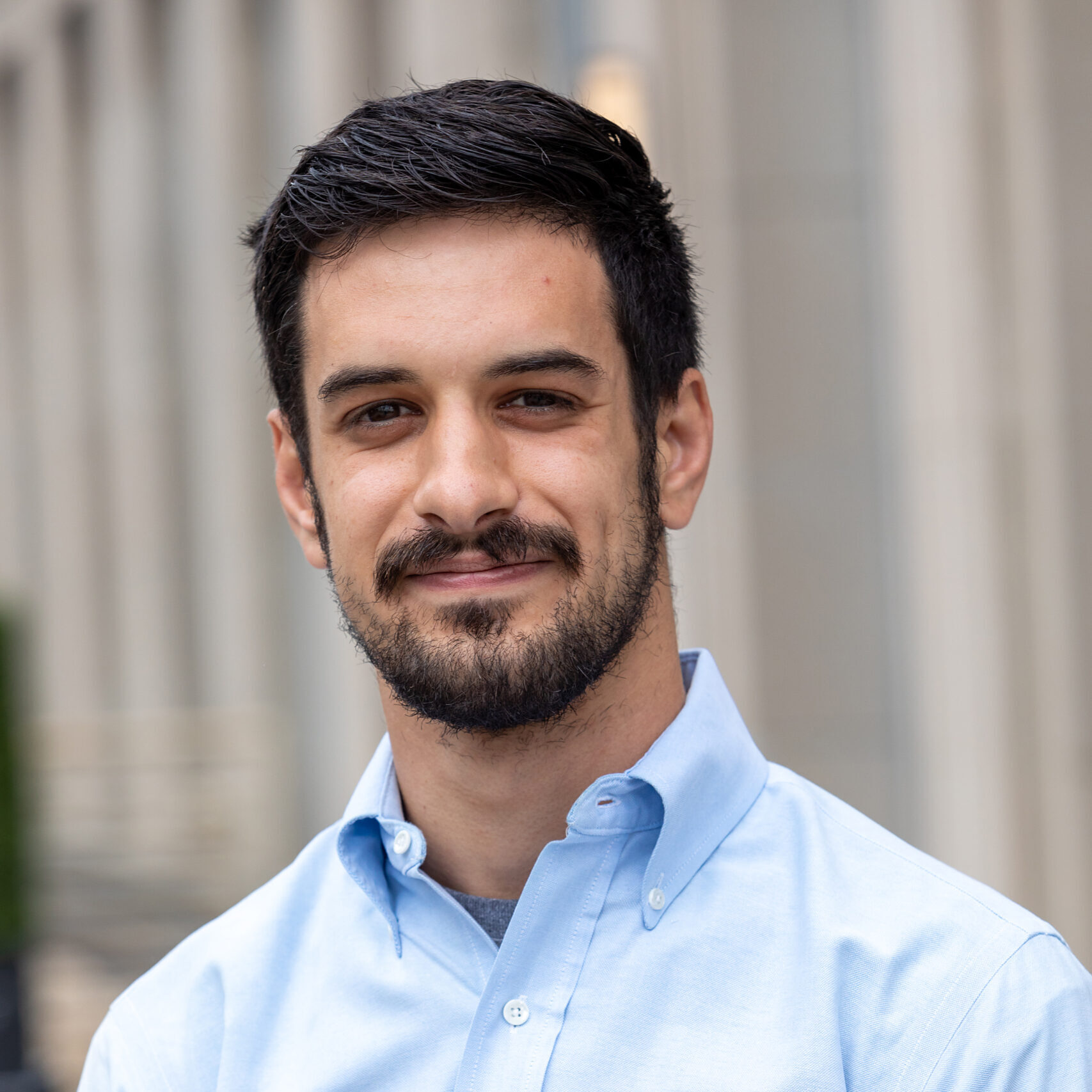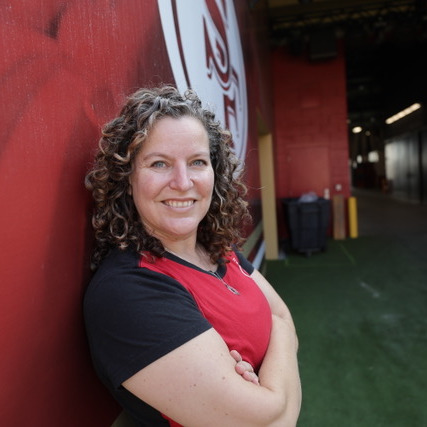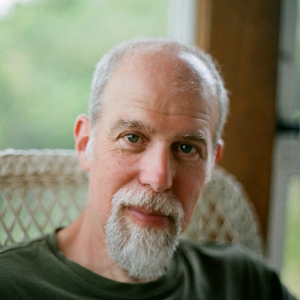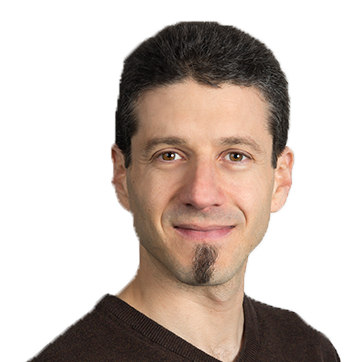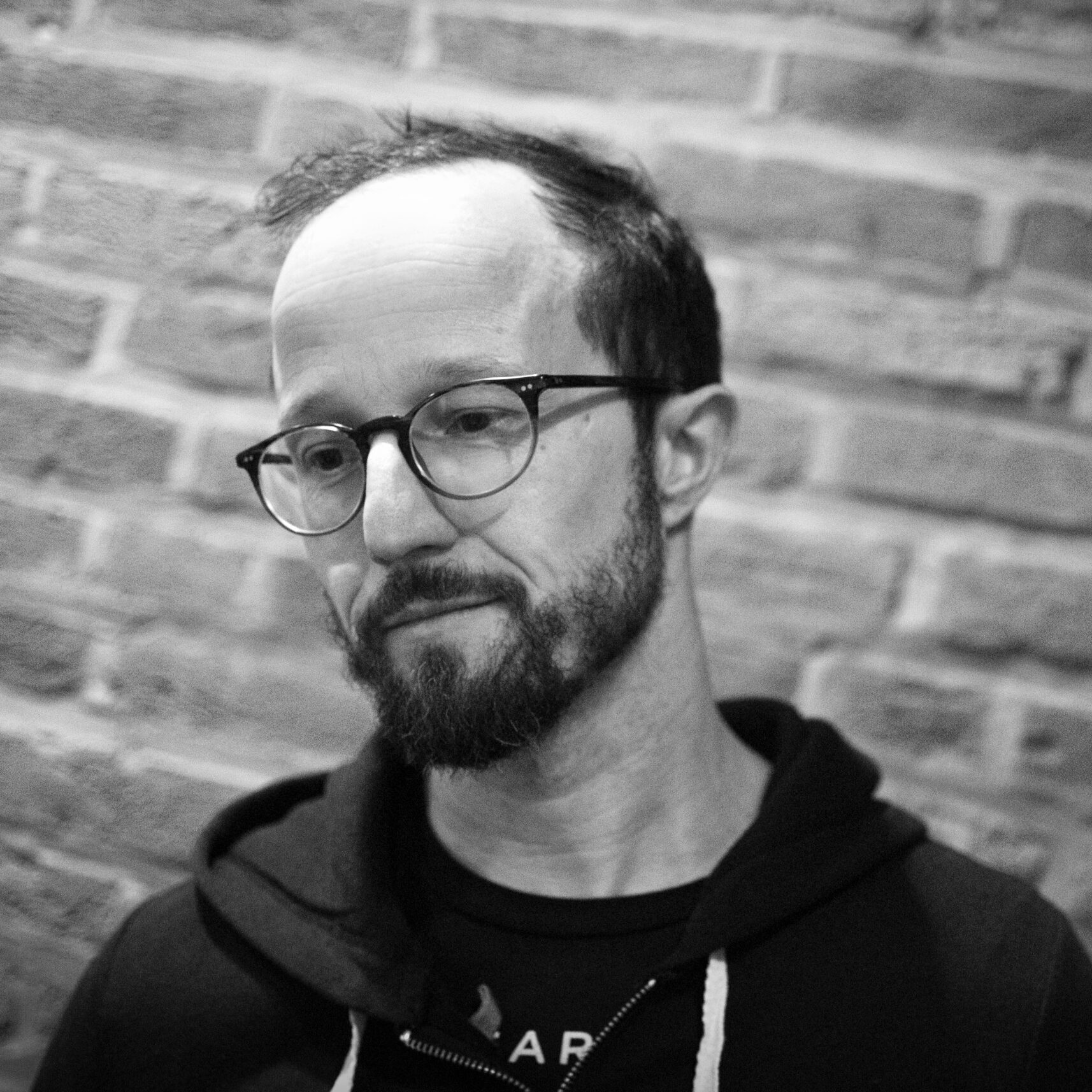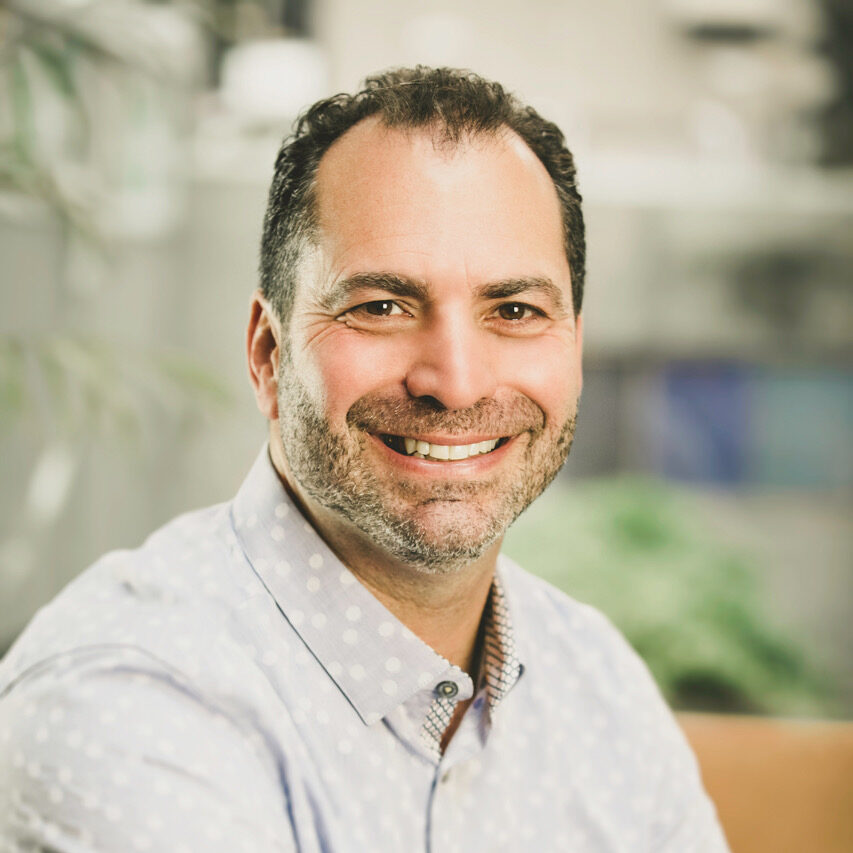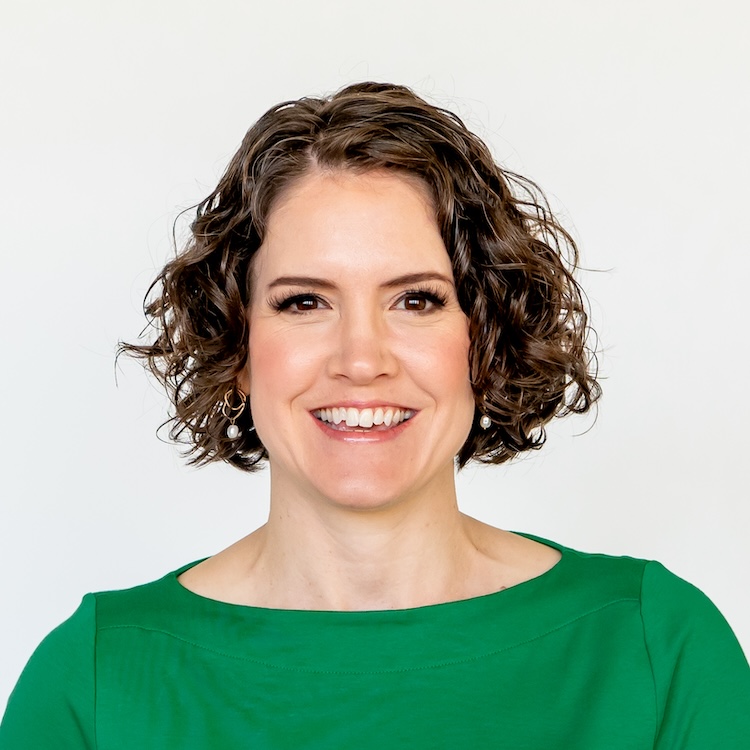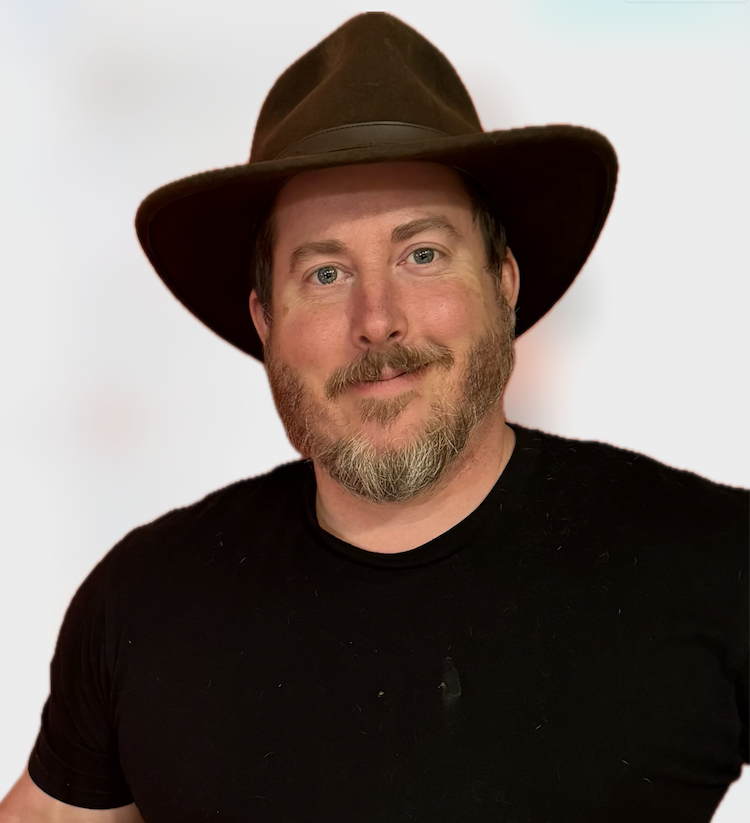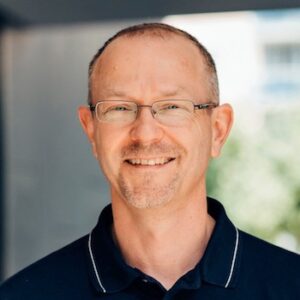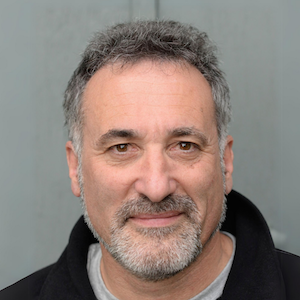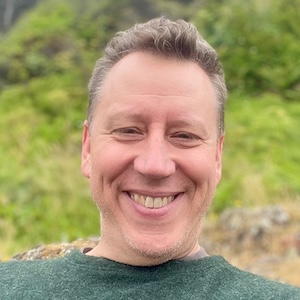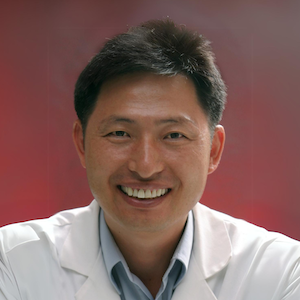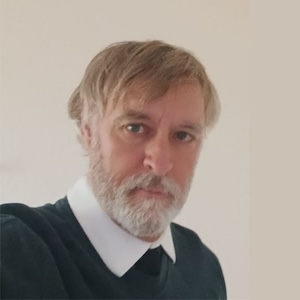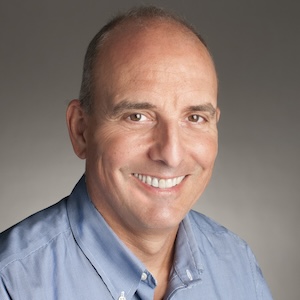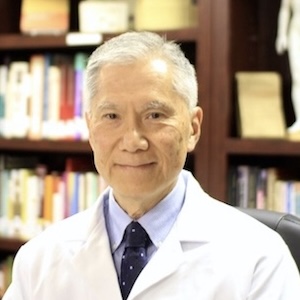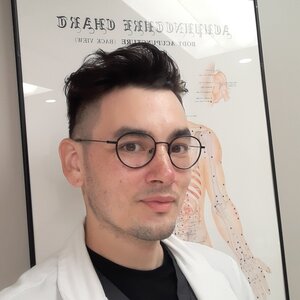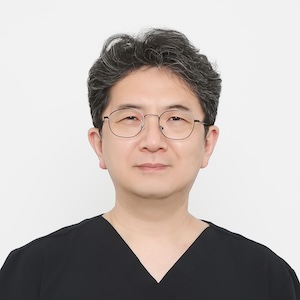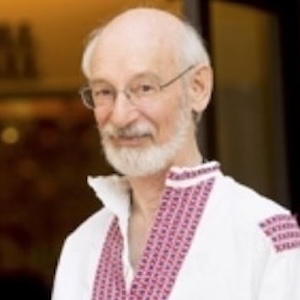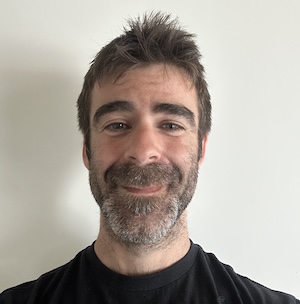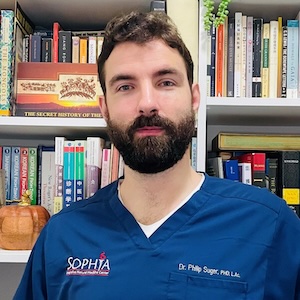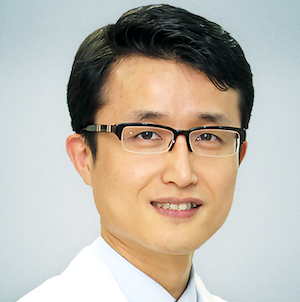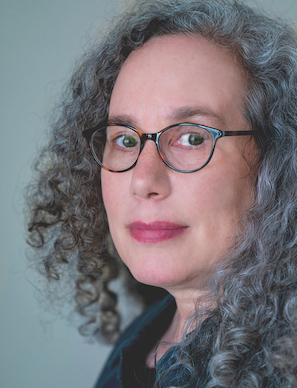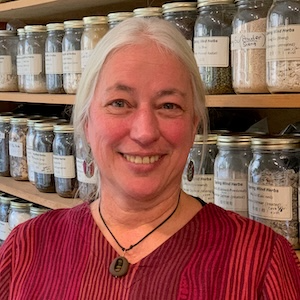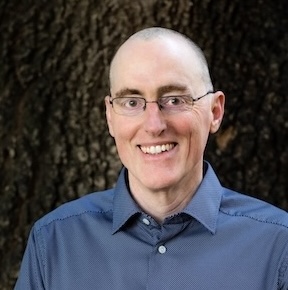East Asian medicine is a nature based medicine. And nature… nature is weird, and mysterious. And as much as we like to come up with “Laws of Nature” they are more like approximations. Useful for sure. But you’re asking for trouble if you confuse the map with the territory. And with nature, the territory is always changing. How do you keep your senses open and unencumbered with habit and belief? How do you stay present to what your patient might need in this particular moment? How do you wisely use knowledge in such a way that it doesn’t become dogma?
In this conversation with Edward Neal we discuss understanding nature’s patterns through East Asian medicine, the impact of technology on human consciousness, and how the Nei Jing helps us to map our way through nature and healing.
Listen into this discussion of nature based medicine, technology, consciousness and the importance of illuminative beauty and Shen based living.
In This Conversation We Discuss:
- Consciousness of the Universe
- Ancient Chinese medicine and the Nei Jing
- Overview of Shen-based living
- Understanding nature's patterns through Chinese medicine
- The impact of technology on human consciousness
- The implications of technology improving or disrupting our natural human rhythms
- The importance of illuminative beauty and immersion in the universe
Neijing Nature–Based Medicine Basic Technique: Surface Mapping
Surface mapping is an easy beginning-level technique that everyone can use to enhance the diagnostic information they obtain during the clinical encounter. It is based on a basic concept from the Neijing that most disorders which originate deeper in the body express specific signs on the surface where they can be more easily identified.
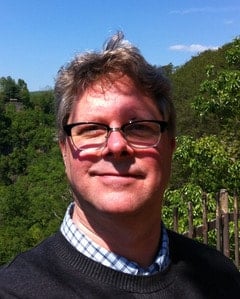
Edward Neal, MD, MSOM, is trained in both Western and Chinese medicine. He has been involved in the study and teaching of Chinese medicine for over thirty years. As part of his work, he has consulted with the World Health Organization on matters related to traditional East Asian medicine and has served as a visiting scholar at the University of San Diego Medical School.
He currently serves as the medical director for the Apricot Grove Project and is the founder and director of the School of Neijing Nature-Based Medicine. These organizations study traditional forms of medical knowledge to discover innovative solutions to current global challenges.
Further information regarding these projects and training opportunities can be found at www.neijingstudies.com.
Links and Resources
Lean more about Ed's work on the Nei Jing Studies website, or visit the Apricot Grove on Facebook.
Subscribe To This Podcast In Your Favourite Player
Share this podcast with your friends!
Shop Talk with Tracy Stewart
Tracking the Rhythms of Earth
With The Ba Zi
Medicine and Bazi belong to the 5 Arts of Chinese metaphysics. All 5 Arts use the basic principles of Taoist philosophy.
The Bazi belongs to the Life Arts and is called The Pillars of Destiny. The 4 pillars are, the year, the month, the day and the hour.
The upper half of the chart is the 10 Heavenly Stems. The 5 Elements doubled as yin and yang, much like the organ pairs in Medicine but more the elements in Nature.
The lower half of the chart is the 12 Earthly Branches. The extra two characters come from one of the Elements being doubled. But this is where there’s a difference between the Bazi and Medicine.
With medicine, we are looking at the meridians and here you’ll notice the Fire is doubled with Imperial and Ministerial Fire. Here the focus is the Shen of heaven in its earthly manifestation.
With the Bazi, the focus is on the Solar/Lunar calendar that starts around February 4. It’s an extremely accurate calendar that tracks time, place, cycles of the seasons and rhythms of the Earth. Which is placed in the center and allows us to track not just the seasons, but how qi comes back to the Earth in between each season.
This is a much more sophisticated and detailed calendar the common Gregorian Solar calendar. Which helps you to understand why sometimes in what’s considered Summer, it might feel like Fall.
Learn more about Tracy’s offerings at www.qibalance.net.
Where you can sign up for her Mentorship Program starting on August 5, 2023. Or order your dietary analysis, or send your patients for one.
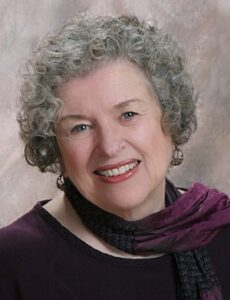 Tracy Stewart, L.Ac
Tracy Stewart, L.Ac
After completing my education, at UC Berkeley and University of Iowa, in Biochemistry, I returned to the Bay Area and worked in Medical Research at UCSF. From academia, I moved onto genetic engineering and worked for several biotech companies. I became a formulation chemist. My last job in the field was as a project manager at Genentech.
All during my scientific career, I received acupuncture treatments that proved very beneficial. Worsley Five Element Acupuncture was especially profound and I became enamored with the idea of treating the constitution rather than the condition.
I went into acupuncture practice and while treating a cardiologist, whose infant son was having febrile seizures, I discovered Korean Sasang. The doctor, himself, had atrial fibrillations which would only resolve temporarily. The cure for both of them was their Korean Sasang Constitutional diet.
Now, 20 years later, father and son are still following their diet and are well. During this time, I learned the Bazi diagnostic system to determine Sasang Constitution and have been prescribing individualized diets for over 20 years.
Two years ago I began teaching this system to small groups of acupuncturists through a 4-month Mentorship Program.
